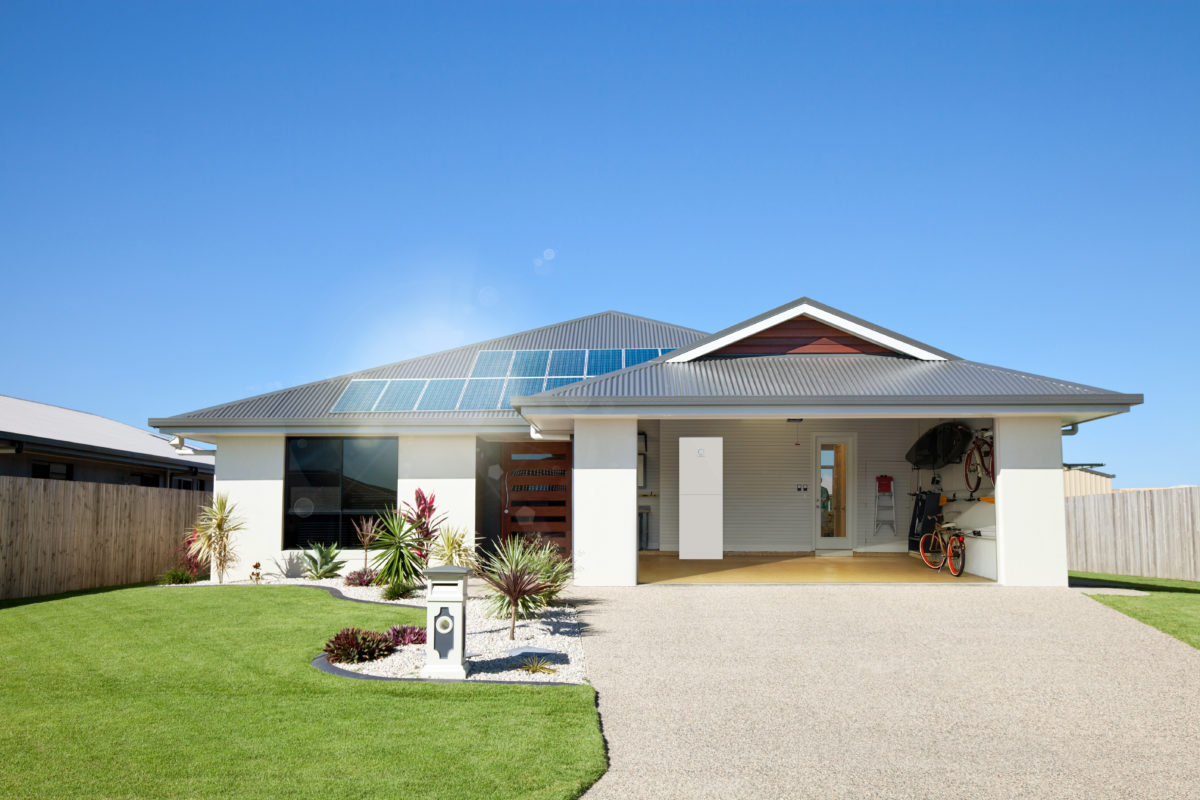Thousands of South Australian households have rushed to sign up to the South Australia Government’s Home Battery Scheme in the space of just five weeks before the first planned reduction of subsidies. In the weeks between subsidy step-down being announced and reduced from $6000 to $4000, more than 5,000 subsidies were approved, which takes the total number of subsidies to 12,334.
In March, the South Australian Government announced a decrease in the subsidy level and cap for its Home Battery Scheme, following a strong surge in the number of new homes signed up to the program. New subsidy levels of $300 per kWh and $400 per kWh and the maximum subsidy of $4,000 took effect on April 15. This is a significant change given that the maximum subsidy level was previously capped at $6,000, while the subsidy was $500 per kWh and $600 per kWh, the latter one being reserved for energy concession holders.
“Homeowners have been banging down the doors of the system providers to get themselves a home battery during the last five weeks,” said Minister for Energy and Mining Dan van Holst Pellekaan. “The massive uptake of the HBS has also created a mini jobs boom for home battery installers at the very moment we need as much work as we can possibly get in South Australia.”
According to the minister, the installation of the remaining 6,700 batteries and associated solar panels will provide the equivalent of 150 full-time jobs during the next six months. The Home Battery Scheme has already seen Germany’s sonnen and China’s Alpha ESS establish new manufacturing facilities in South Australia and 119 system providers register to install the 20 approved brands of batteries.
Once the 12,334 home batteries are installed, South Australia will have an additional 146 MWh of additional storage that will help reduce electricity bills for all customers. “South Australia is light years ahead of the other Australians states when it comes to the adoption of the electricity cost-saving and environmentally responsible home batteries,” said Van Holst Pellekaan.
Accessibility to the scheme was recently improved allowing new home buyers and new builds to excess subsidies through the deal struck with the Stoddard Group. This has helped to accelerate the program and contributed to a “strong surge” in the number of households accessing the subsidy, and pushing numbers past 7,000, which led to the government’s decision to start reducing the subsidy.
These changes to the SA Home Battery Scheme did not come out of the blue. As announced by the government at the program’s launch in 2018, the subsidy levels and cap were expected to reduce over time due to increasing competition in the market and cost reductions of home battery systems. “The scheme is designed so that as the market matures, the subsidies reduce to transition the market to self-sufficiency and the government is confident we have begun to create a self-sustaining market for home storage,” Van Holst Pellekaan said last month.
VPP bonanza
The SA Home Battery Scheme appears to have already translated into a big win for everyone involved. According to Van Holst Pellekaan, participants have cut their electricity bills significantly, sometimes to almost nothing. The scheme has also spurred virtual power plant (VPP) programs in South Australia, providing consumers with additional benefits, and in some cases providing grid stability to the state.
“By getting on the front foot, South Australians have been the big winners through massive cuts to participating households’ electricity bills, attracting seven VPP programs and helping to stabilise the grid and reduce costs for other consumers,” the minister said.
The VPP programs that are now available for SA households to choose from include AGL, ShineHub, Simply Energy, EnergyAustralia, Stoddart Group, sonnen, and Tesla.
This content is protected by copyright and may not be reused. If you want to cooperate with us and would like to reuse some of our content, please contact: editors@pv-magazine.com.









By submitting this form you agree to pv magazine using your data for the purposes of publishing your comment.
Your personal data will only be disclosed or otherwise transmitted to third parties for the purposes of spam filtering or if this is necessary for technical maintenance of the website. Any other transfer to third parties will not take place unless this is justified on the basis of applicable data protection regulations or if pv magazine is legally obliged to do so.
You may revoke this consent at any time with effect for the future, in which case your personal data will be deleted immediately. Otherwise, your data will be deleted if pv magazine has processed your request or the purpose of data storage is fulfilled.
Further information on data privacy can be found in our Data Protection Policy.